Non-stick cookware has revolutionized modern kitchens, making it easier to prepare meals with less oil, minimal sticking, and faster cleanup. Among the most popular types, Ceramic and Teflon cookware stand out as the go-to choices for home cooks and professionals alike. But which is the better choice for you?
Understanding the differences in coating technology, safety, durability, and cooking performance can help you make an informed buying decision.
What is Ceramic Cookware?
Ceramic cookware isn’t made from 100% ceramic but is rather metal cookware (usually aluminum) coated with a silica-based, sand-derived ceramic finish. It was developed as an alternative to Teflon and marketed as a “green” and toxin-free option.
Pros of Ceramic Cookware
- Free from PTFE, PFOA, lead, and cadmium
- Eco-friendly and safe at high heat (up to 450–600°F)
- Aesthetic, often colorful designs
- Less prone to chemical leaching
Cons of Ceramic Cookware
- Coating can degrade faster than Teflon
- Less effective non-stick performance over time
- May require more oil after a few months of use
- Susceptible to chipping and thermal shock
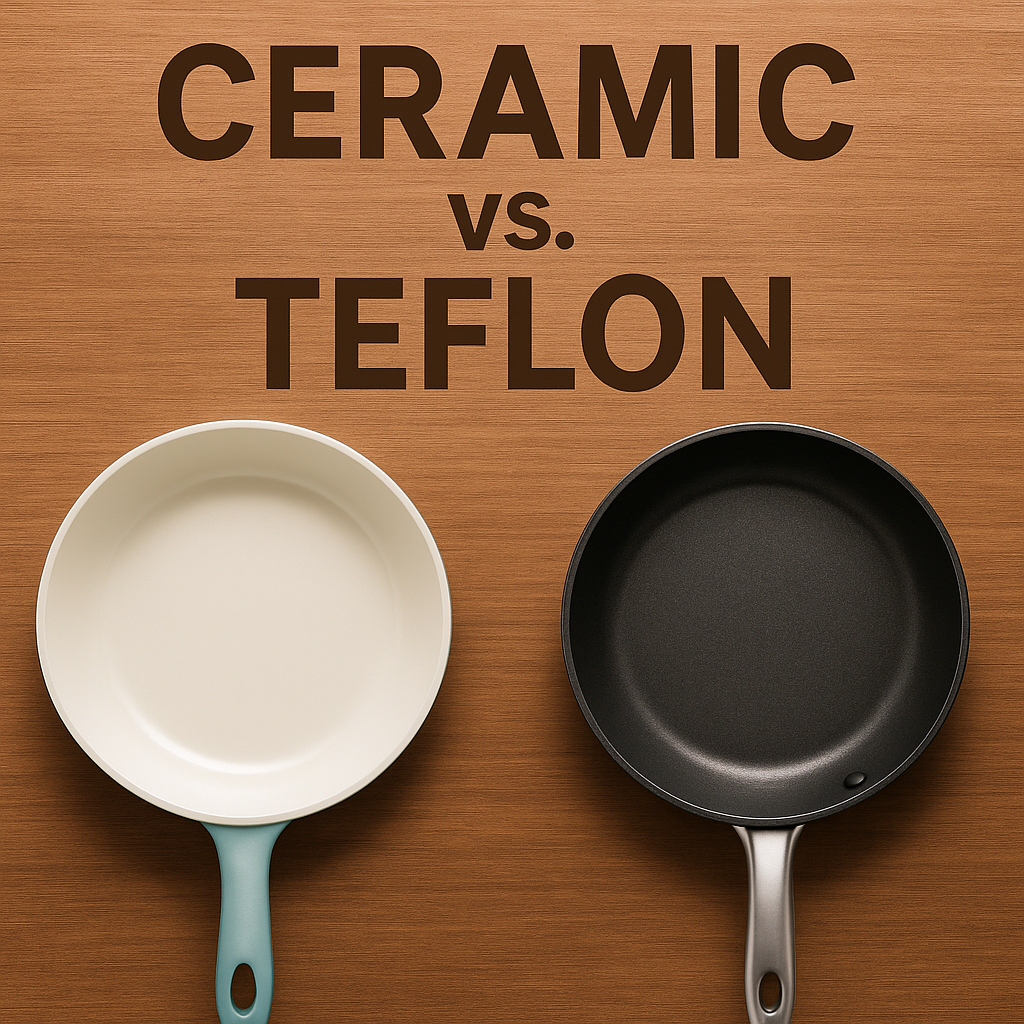
What is Teflon Cookware?
Teflon is the brand name for polytetrafluoroethylene (PTFE)—a synthetic fluoropolymer invented in the 1930s. It became a staple in non-stick cookware due to its excellent slickness and heat resistance.
Pros of Teflon Cookware
- Excellent non-stick surface
- Durable and long-lasting with proper care
- Low oil cooking
- Affordable and widely available
Cons of Teflon Cookware
- Degrades at very high temperatures (above 500°F)
- Older versions (pre-2013) may contain harmful PFOA
- Can emit fumes when overheated
Key Differences Between Ceramic and Teflon
| Feature | Ceramic Cookware | Teflon Cookware |
|---|---|---|
| Base Material | Usually aluminum | Usually aluminum or stainless steel |
| Coating | Silica-based (natural) | PTFE (synthetic) |
| Heat Resistance | Up to 600°F | Up to 500°F |
| Toxicity Concerns | Minimal | Only at high heat (with older pans) |
| Non-stick Duration | Moderate (fades over time) | Excellent (lasts longer) |
| Maintenance | Requires gentle care | Requires temperature control |
| Eco-Friendliness | More eco-friendly | Less eco-friendly |
Safety and Health Concerns
The question of safety is central to any cookware debate. Ceramic coatings are free from PTFE, while Teflon (modern ones) is safe when not overheated.
Ceramic:
- No PTFE, PFOA, or heavy metals
- Safe for daily use even at high heat
- Often marketed as “green cookware”
Teflon:
- Modern Teflon is PFOA-free since 2013
- Safe up to 500°F
- Avoid using metal utensils or overheating to prevent fume release
Durability and Lifespan
Teflon tends to last 3–5 years, depending on usage, while ceramic coatings start to lose their non-stick properties within 1–2 years. Teflon pans can maintain performance longer but are more sensitive to scratching.
Cooking Performance and Heat Conductivity
Both types of cookware usually feature aluminum cores, which heat quickly and evenly. However, ceramic cookware retains less heat compared to Teflon and may require frequent temperature adjustments.
- Teflon: Ideal for eggs, pancakes, and fish
- Ceramic: Better for slow, medium-heat cooking
Cleaning and Maintenance
Teflon and ceramic cookware both require non-abrasive cleaning tools. Most Teflon pans are dishwasher-safe, but hand washing extends lifespan.
Ceramic Cleaning Tips:
- Avoid steel wool or harsh scrubbers
- Let pan cool before washing
- Use mild soap and a soft sponge
Teflon Cleaning Tips:
- Never overheat empty
- Store with cloth or separator to avoid scratches
Cost Comparison
Ceramic cookware is often more expensive upfront, marketed as eco-luxury. However, it needs to be replaced more often than Teflon, making the long-term cost potentially higher.
Environmental Impact
Ceramic is considered more environmentally friendly:
- Uses natural materials
- Less chemical processing
- Lower emissions
Teflon, made from synthetic materials, has a larger carbon footprint, though newer technologies have improved its eco-profile.
Best Use Cases for Each Cookware
| Cooking Style | Best Choice |
|---|---|
| High-temperature searing | Neither – Use cast iron |
| Low-fat cooking | Teflon |
| Healthy, green kitchens | Ceramic |
| Daily frying | Teflon |
| Gentle sautéing | Ceramic |
Expert Opinions and Reviews
Food Network chefs, including professionals like Alton Brown, often recommend Teflon for its reliability, while eco-conscious cooks lean toward ceramic. Scientific studies also show that modern Teflon is safe when used properly, contradicting many online myths.
Buyer’s Guide: What to Look for
- Coating Quality: Multi-layer ceramic or reinforced PTFE
- Oven-Safe Handle: Silicone or stainless steel
- Compatibility: Induction-safe base (if needed)
- Brand Reputation: Look for trusted names like GreenPan (ceramic) or T-fal/Circulon (Teflon)
Common Myths Debunked
- “Teflon is always toxic”
→ False. Modern Teflon is PFOA-free and safe at recommended temperatures. - “Ceramic cookware is 100% natural”
→ Misleading. It’s silica-based but still industrially manufactured. - “All non-stick cookware causes cancer”
→ No evidence supports this for modern, regulated products.
Final Verdict: Which One is Better?
| Factor | Winner |
|---|---|
| Safety at high heat | Ceramic |
| Long-term performance | Teflon |
| Eco-friendliness | Ceramic |
| Affordability | Teflon |
| Best for daily frying | Teflon |
| Stylish design | Ceramic |
Conclusion: If you’re health-focused and don’t mind reapplying oil, go with ceramic. If you want superior non-stick performance for eggs and pancakes, Teflon is the better bet—just avoid high heat.
FAQs
Q1. Is ceramic cookware healthier than Teflon?
Yes, ceramic is free from PTFE and safer at high temperatures. However, modern Teflon is also safe under 500°F.
Q2. Can I use metal utensils on ceramic or Teflon pans?
No. Always use silicone or wooden utensils to avoid scratching the coating.
Q3. Which cookware is more eco-friendly?
Ceramic is more sustainable due to natural materials and a greener manufacturing process.
Q4. Does ceramic cookware last longer than Teflon?
Not usually. Teflon often lasts longer with proper care.
Q5. Can I put ceramic or Teflon pans in the dishwasher?
Many are dishwasher-safe, but hand washing is always recommended.
Q6. Are ceramic pans oven-safe?
Yes, most are safe up to 450–600°F depending on the handle.
Conclusion
The debate between ceramic vs. Teflon cookware boils down to your cooking style, health priorities, and budget. Each has its strengths. Choose ceramic for clean cooking and peace of mind; opt for Teflon for unmatched non-stick convenience.
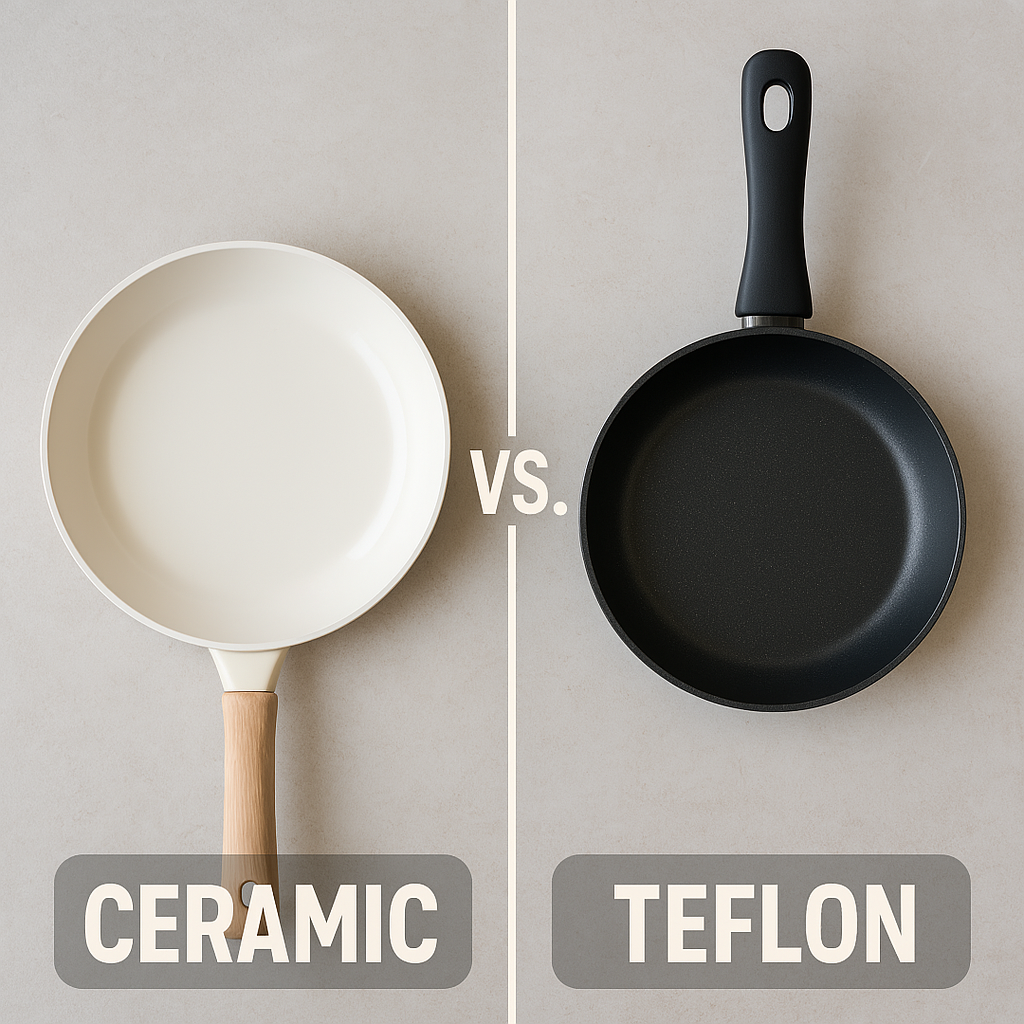

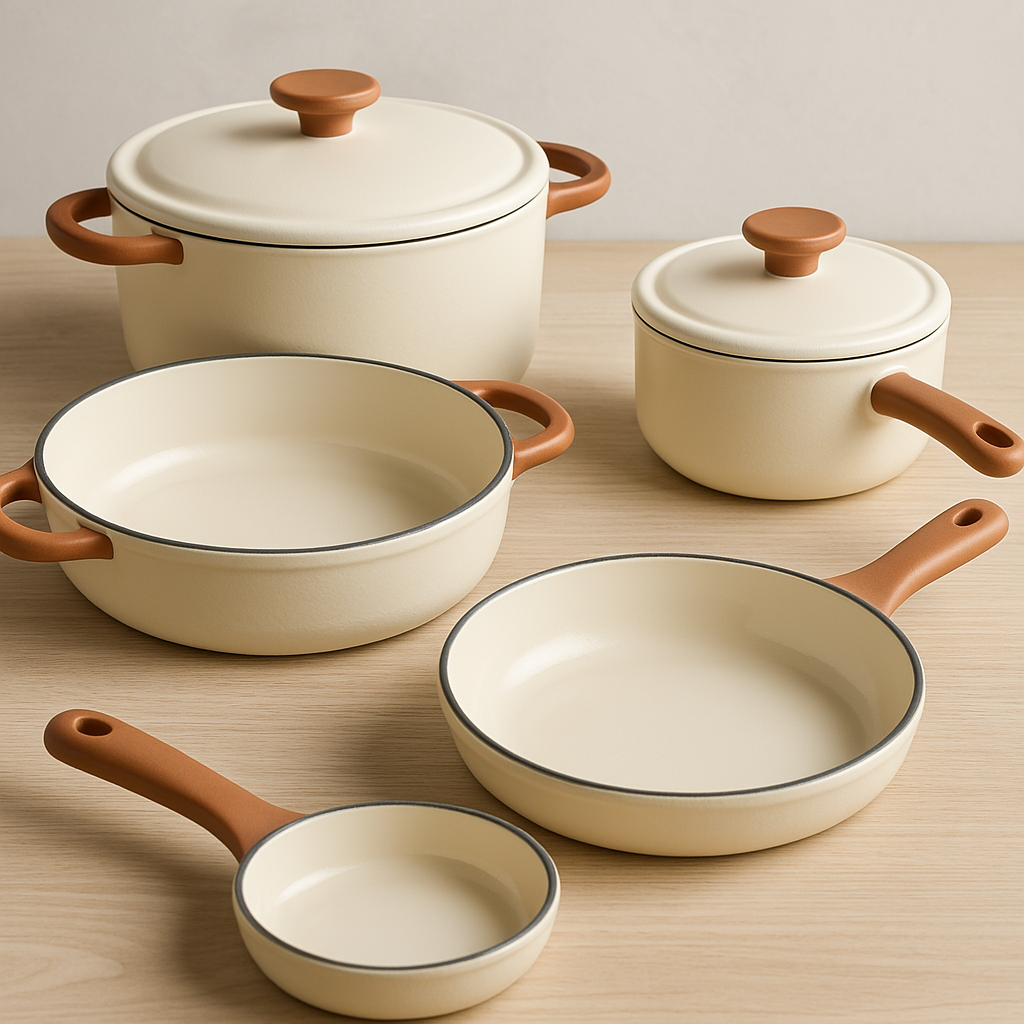
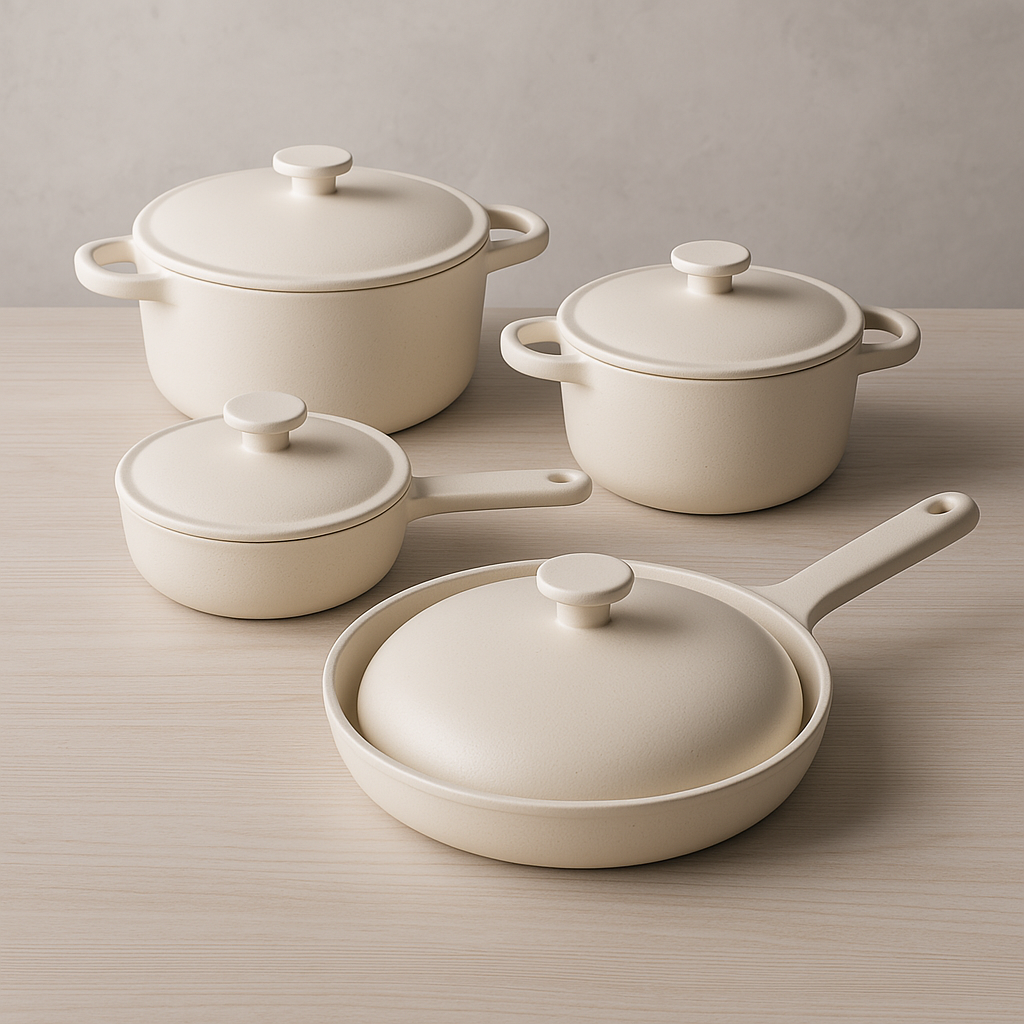
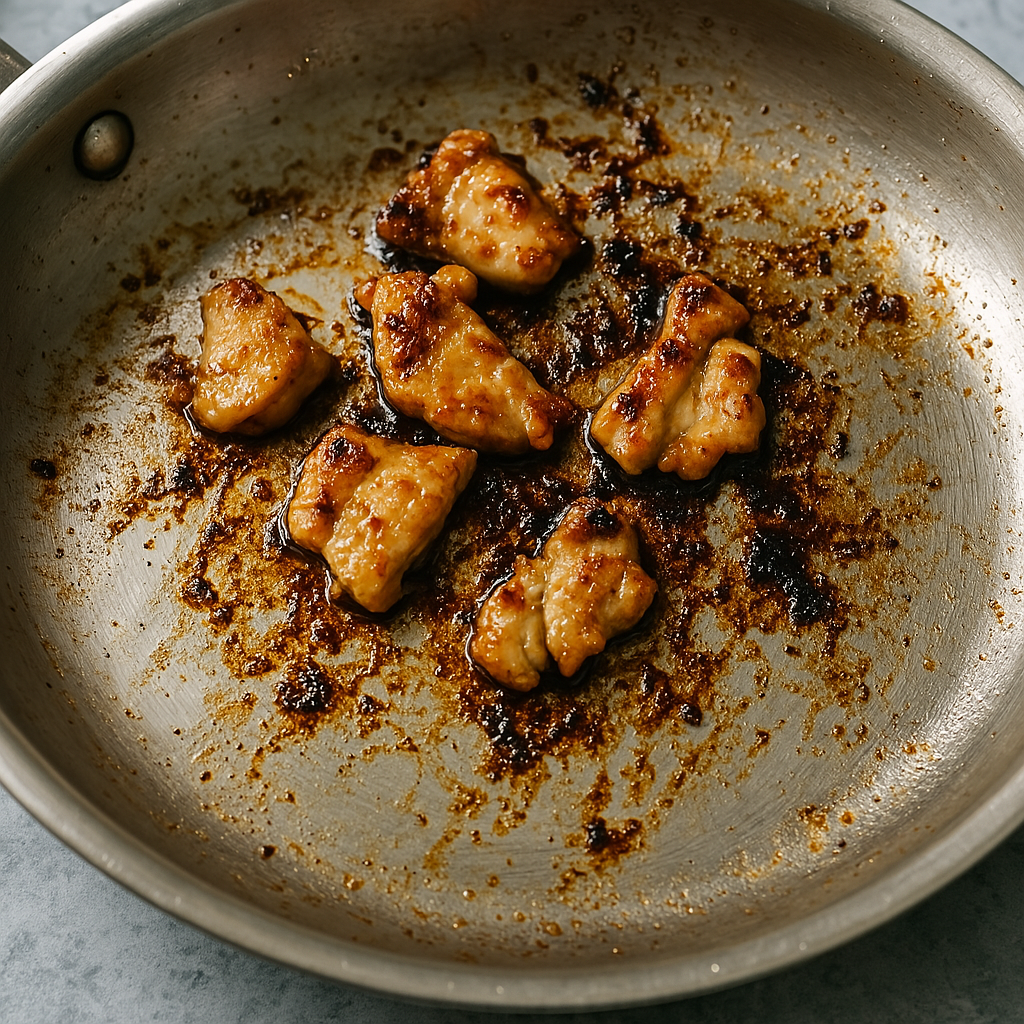
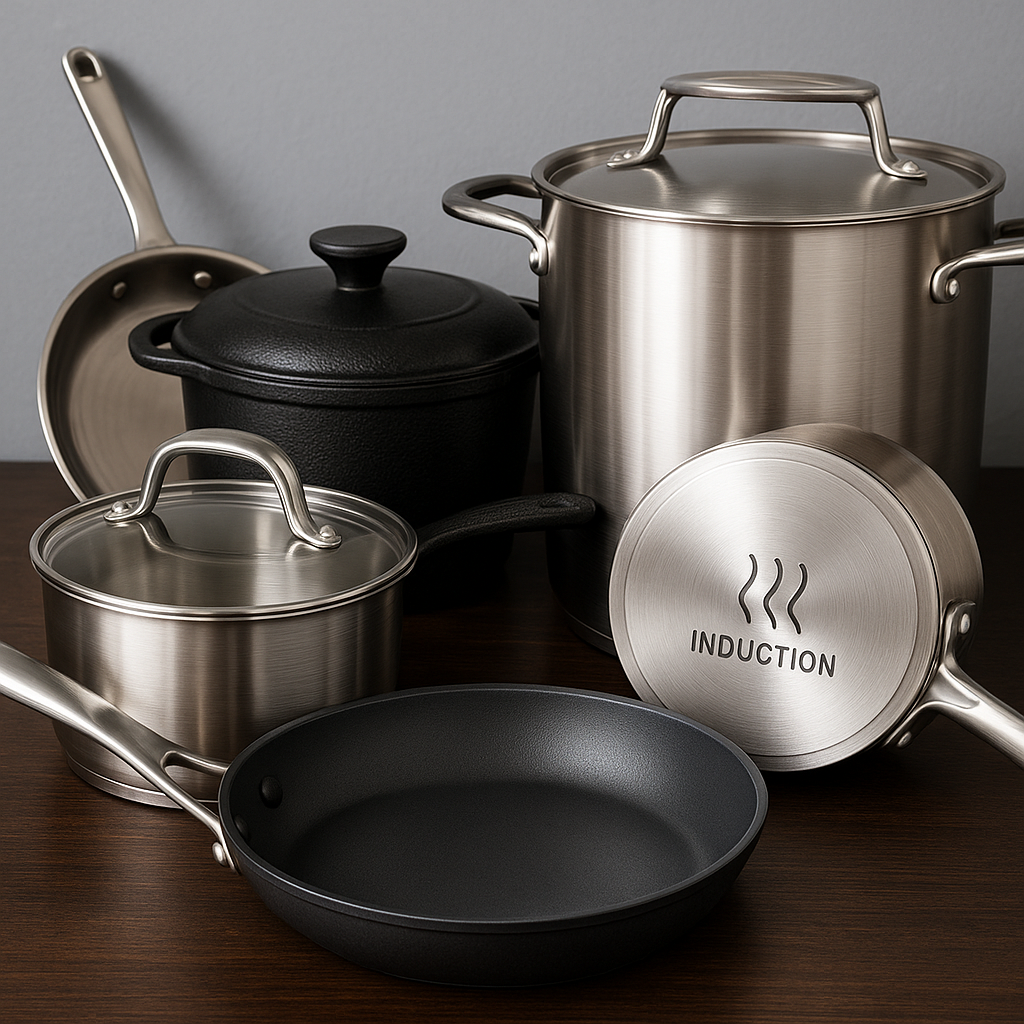
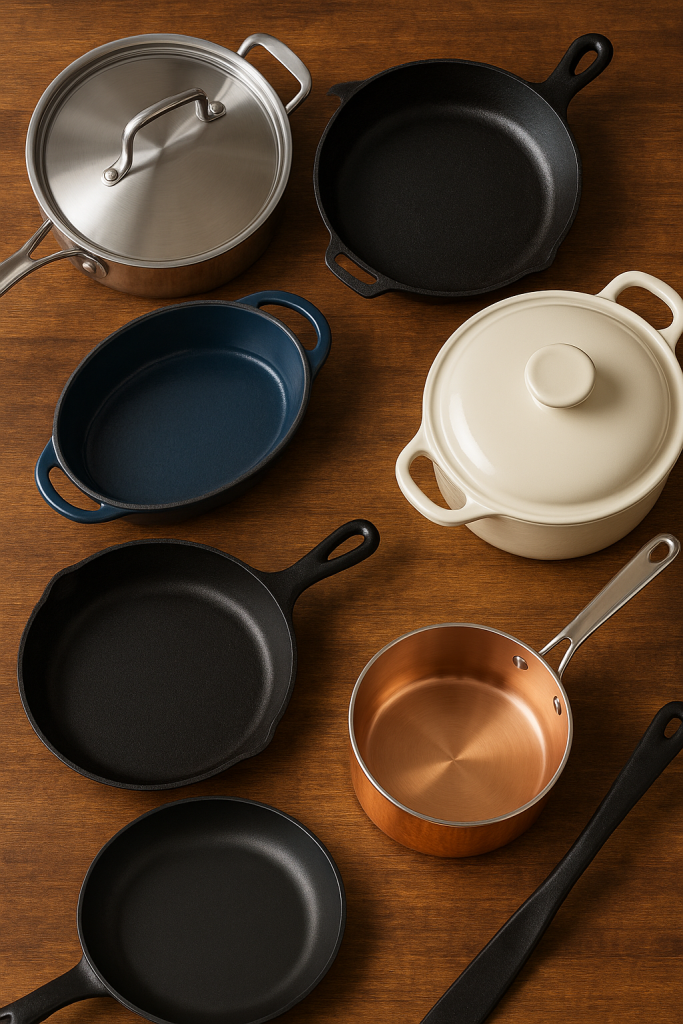
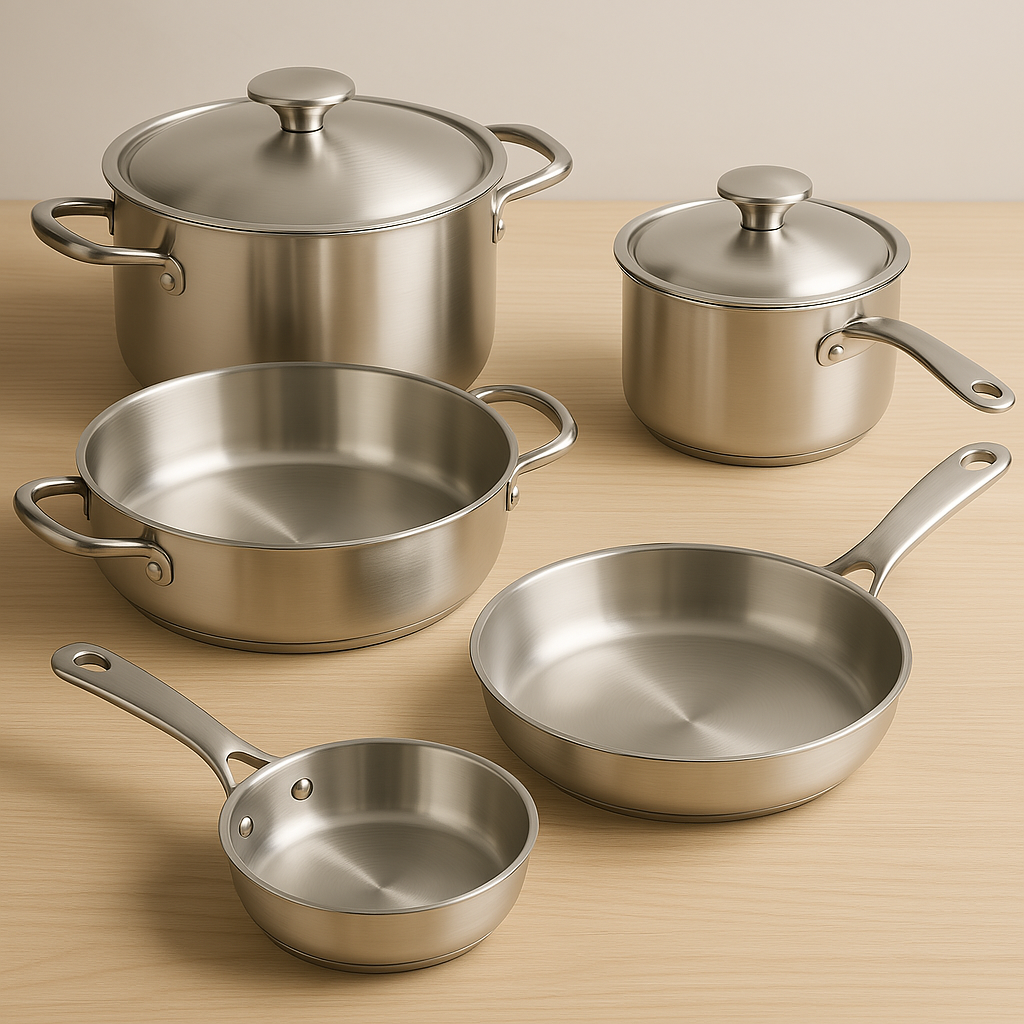
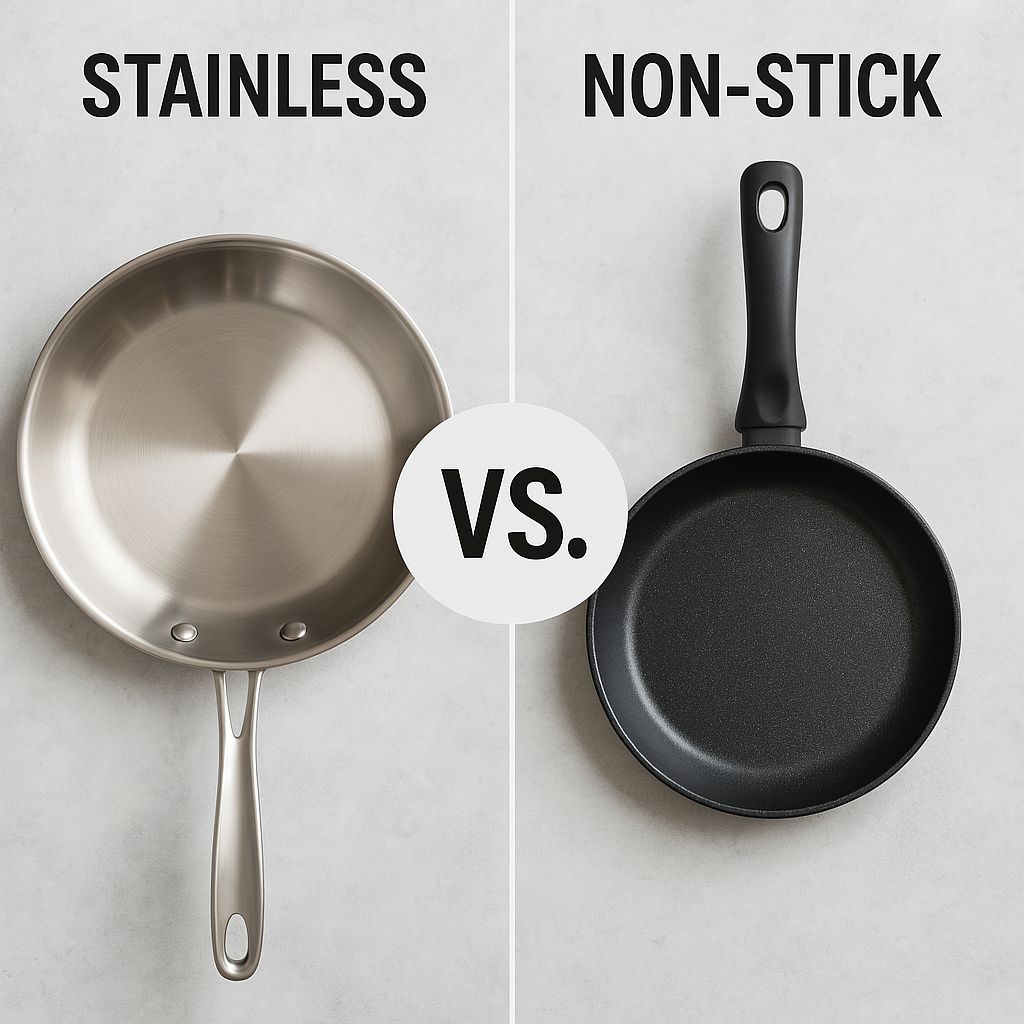
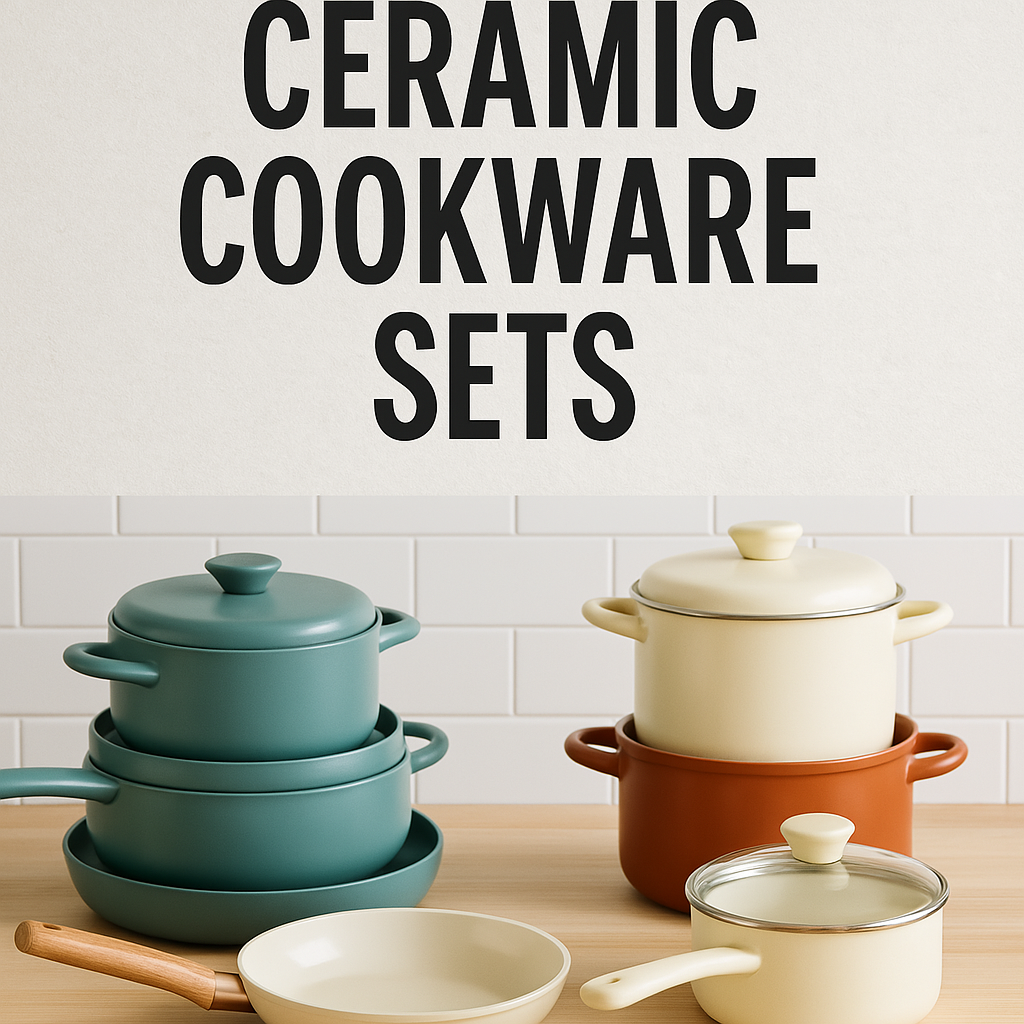
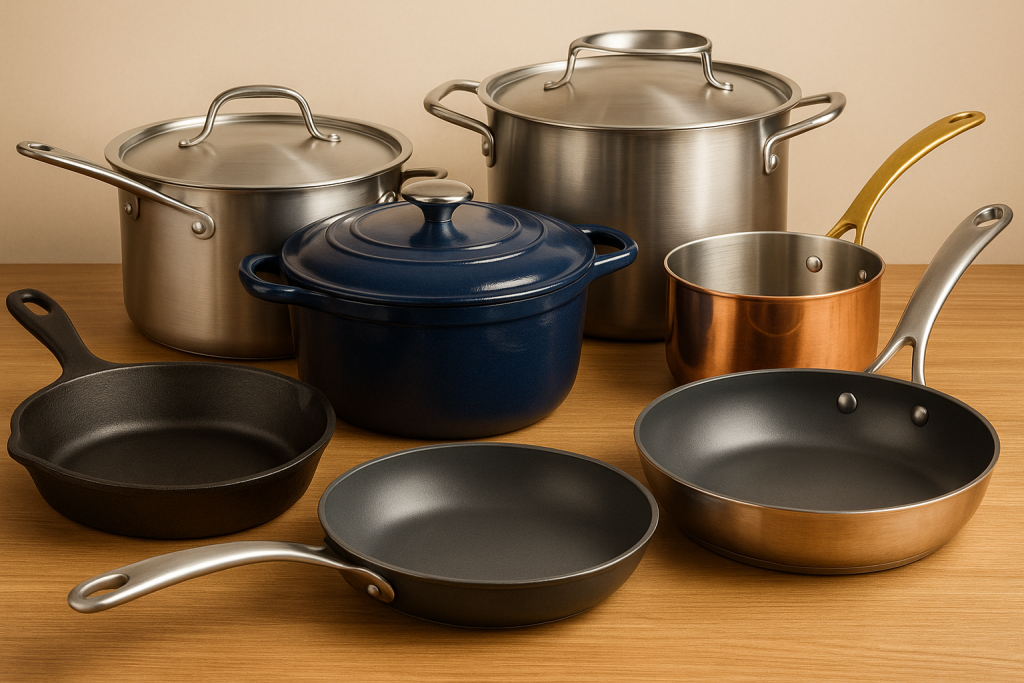
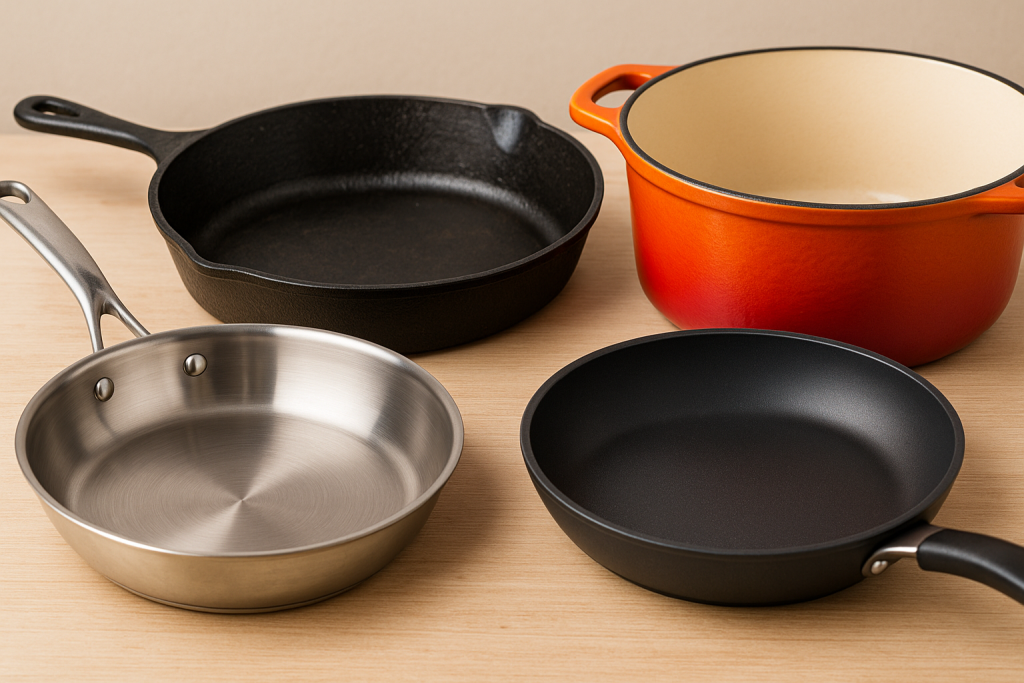
Leave a Reply